In recent months, there has been growing discussion in the aviation industry about thepossibility of introducing single-pilot commercial flights.
Proponents argue that advancements in technology have made it possible for one pilot to safely operate a commercial aircraft, while opponents claim that it poses too great a risk to passenger safety.Now, a coalition of pilots' unions has formed to oppose the idea of single-pilot commercialflights.
The coalition is made up of a number of different pilots' unions from around the world,including the Air Line Pilots Association (ALPA), the Allied Pilots Association (APA),International Federation of Air Line Pilots’ Associations (IFALPA), and the European CockpitAssociation (ECA).
Pilots Unions form coalition against single-pilot commercial flights.
Together, they are working to raise awareness about the potential dangersof single-pilot commercial flights and to advocate for the continued use of two-pilot crews.
The coalition plans “to prevent airlines and manufacturers from pushing ahead with plans toremove pilots from the flight deck, a profit-driven scheme that poses a significant safetyrisk.” ALPA, ECA, and IFALPA said they will act to “protect the flying public and counter anaggressive corporate-led lobbying campaign targeting regulators around the world, includingthe International Civil Aviation Organization (ICAO).”
One of the primary concerns that the pilots' unions have about single-pilot commercial flightsis the issue of pilot fatigue. Even with advanced automation technology, flying an aircraft forseveral hours is an extremely demanding task that can take a toll on a pilot's mental andphysical well-being.
In addition to concerns about pilot fatigue, the pilots' unions are also worried about thepotential for technical malfunctions. While modern aircraft are equipped with advanced safetysystems, there is always the possibility that something could go wrong. With a second piloton board, there is an additional layer of safety in case of an emergency.
Without a second pilot to share the workload, the risk of fatigue-relatederrors increases significantly.
The unions believe that it is essential to maintain the current standards for crew size and qualifications in order to ensure the safety of passengers and crew members.
Flying a commercial aircraft is a complex and demanding task that requires a high level of skill and expertise. Without a second pilot on board, the risk to passenger safety increases significantly.
It is essential that all stakeholders, including airlines, regulators, and pilots, worktogether to ensure that the highest standards of safety and quality are maintained in the air.The pilots' unions have an important role to play in this process, and their concerns must betaken seriously if we are to continue to enjoy safe and reliable air travel for years to come.
Read next
IndiGo collaborates with VisitBritain to boost travel between India and UK
Radhika Bansal
29 Mar 2023
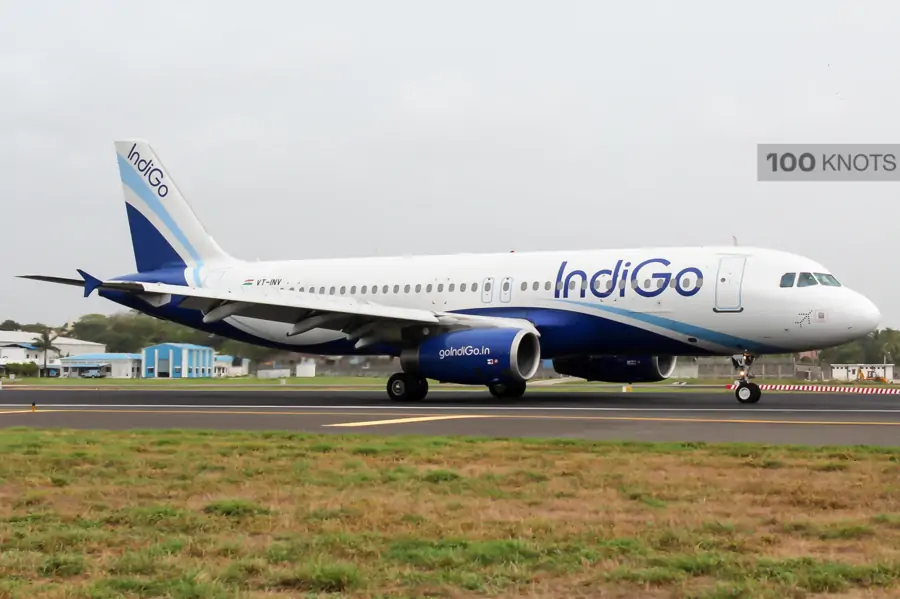
Low-cost airline IndiGo has joined hands with VisitBritain to promote travel to the United Kingdom through its codeshare partnership with Turkish Airlines. It will offer connectivity to London, Manchester, and Birmingham via Istanbul.
IndiGo's collaboration with VisitBritain is expected to boost travel and tourism between India and UK and promote mutual economic growth and development. This partnership will also provide customers with an affordable travel option.
"Though the United Kingdom is a year-round destination, during the summer and late spring, there is an even larger influx of visitors. Through these connections, IndiGo aims to provide customers with even more options, particularly during the peak tourist season in India. We are committed to making flying a pleasant experience for our customers and will uphold our promise of courteous, hassle-free, on-time, and affordable travel across an unparalleled network."
Vinay Malhotra, Head of Global Sales, IndiGo
Ms. Louise Bryce, Director of Partnerships, at VisitBritain said, “India is one of our most important inbound visitor markets and we know there is pent-up demand for travel. We want to deliver a world-class welcome for visitors and making it easier to get to Britain, including through regional gateways, is crucial to our competitive tourism offer and to encourage visitors to explore more of Britain.”
IndiGo collaborates with VisitBritain to boost travel between India and UK
ALSO READ - IndiGo launches 32 new connecting flights between India and Europe
This is not the first time that IndiGo has tied up with Turkish Airlines for codesharing partnership. Last year, it announced its 32 new connecting flights to Europe through its codeshare partnership with Turkish Airlines. The new routes include several major destinations like Milan, Manchester, Birmingham, Rome, Venice, Portugal and Switzerland.
Also read: Qantas announces direct flights between Sydney-Bengaluru, finalises codeshare with IndiGo
Last August, Qantas announced its codeshare agreement with IndiGo where passengers flying to Bengaluru and Delhi could make seamless connections to major cities like Mumbai, Chennai, Pune and Goa.
ALSO READ - With IndiGo codeshares, Qantas expands its India destinations
Codeshare agreement helps two airlines in expanding their access to customers flying to destinations serviced by either of them. Such partnerships allow an airline to book its passengers on its partner carriers and provide seamless travel to destinations where it has no presence.
VisitBritain is the name used by the British Tourist Authority, the tourist board of Great Britain incorporated under the Development of Tourism Act 1969.
VisitBritain was created in April 2003 to market Britain to the rest of the world and to promote and develop the visitor economy of England. It was formed out of a merger between the British Tourist Authority and the English Tourism Council and is a non-departmental public body responsible to the Department for Culture, Media and Sport. In April 2009, VisitEngland became more of a stand-alone body from VisitBritain, more on a par with the devolved entities, VisitScotland and VisitWales.
Read next
Air India has integrated the reservations system and customer interface of its two low-cost subsidiary airlines - Air India Express and AirAsia India, making a major move in the Tata-owned flag carrier's plan to consolidate its airline entities. "On 27 March, the two low-cost airlines moved to a single, unified reservations system and website, and adopted common social media and customer support channels," Air India said in a statement. The process largely involved Air India Express migrating to the systems used by AirAsia India. Passengers will now be able to make and manage bookings, and check-in to AirAsia India and Air India Express domestic and international flights, on an all-new integrated website airindiaexpress.com. This comes five months after AirAsia India was fully acquired and made a subsidiary of Air India, and three months after both AirAsia India and Air India Express were placed under a single CEO, Air India said. Going ahead, the airlines will continue integrating other internal systems and, eventually, their air operating permits and regulatory posts. Hailing the integration of the core reservations and passenger-facing systems a significant milestone in the Air India Group’s transformation journey, Campbell Wilson, CEO & MD at Air India said the new Air India Express, operating both domestically and internationally using systems optimised for low-cost airlines, gives the Group a much stronger LCC platform. The integration of Air India Express and Air India will bring revenue, cost, and operational benefits through broader adoption of each airlines’ best practices, systems, and routes, and confer greater economies of scale, the company said. Tata Sons has initiated consolidation of its airline entities Vistara, AirAsia India and Air India Express under Air India, a move that will make Air India the second largest airline in the country in terms of fleet and market share. Last month, Tata Sons owned Vistara and Air India started their integration process as the two airlines look to expeditiously complete the merger process. Singapore Airlines (SIA) and Tata Group had last year announced a merger between Air India and Vistara, with SIA holding 25.1% of the merged entity. Vistara is a 51:49 joint venture between Tata Group and Singapore Airlines.
Read next
Air India is expected to announce salary hikes for its employees. The planned hikes will benefit employees across the board, including pilots and cabin crew, a Livemint report said. Increments are likely to be in the range of 8-10 per cent. The development has come when industry competition is on the rise.
This is the first performance review of employees since the Tata Group took control of Air India. The step is likely to bring parity between expatriate and Indian pilots, the report said, quoting an industry expert.
Furthermore, the report quoted the expert as saying, "The first round of hikes may be over the next couple of months. Pilots will be the first to get hikes. Salary corrections will also take place for the cabin crew and other officers."
As airlines in the industry are planning expansion to meet the rising demand, there has been a greater demand for pilots and cabin crew. The report added that the shortage of pilots in the industry is the key reason behind the decision to hike salaries. Primarily, the airlines do not want talent to join another company.
In its report, aviation consultancy firm CAPA said that Indian airlines are expected to order 1500-1700 planes over the next two years. Presently, Indian airlines operate more than 700 commercial aircraft, and an additional 1,000 plus planes are in the pipeline, the report said.
Considering all these factors, airlines are wary of competition and want to secure their talent. The lucrative offers provided by the middle-eastern operators are another challenge that Indian airlines are keeping in mind, the report said.
(With Inputs from Mint)
Read next
MOCA urges OEMS inadvanced air mobility space to set up manufacturing capabilities in India
Jinen Gada
29 Mar 2023
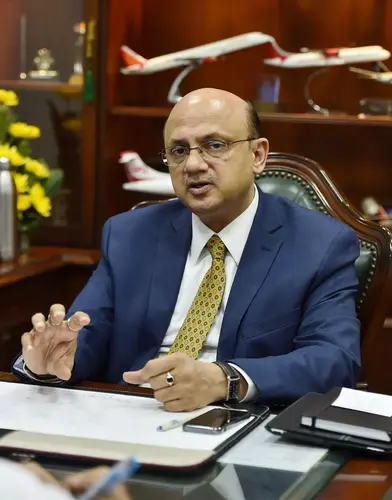
The MOCA (Ministry of Civil Aviation) in India has recently called upon OEMs (Original Equipment Manufacturers) in the advanced air mobility space to establish their manufacturing capabilities in the country. This move comes as a part of the government's efforts to boost the aviation sector in India and make it more self-reliant.
Advanced air mobility refers to the next generation of aviation technologies, including electric and hybrid-electric vertical take-off and landing (VTOL) aircraft, which are expected to revolutionize the transportation industry in the coming years.
Several companies, including Airbus, Boeing, and Bell, have already begun developing such aircraft, which are expected to be used for various purposes, including urban air mobility, medical transportation, and cargo delivery.
MOCA urges OEMS inadvanced air mobility space to set up manufacturing capabilities in India.
India is a country with a large population and rapidly growing economy, making it an attractive market for advanced air mobility companies. The government's push towards self-reliance and the development of a robust manufacturing ecosystem in the country has further strengthened its position as an attractive destination for OEMs in this space.
In recent years, the Indian government has taken several steps to boost the aviation sector in the country. These include the launch of the Regional Connectivity Scheme (UDAN), which aims to enhance air connectivity to remote and underserved regions of the country, the establishment of the National Civil Aviation Policy, and the liberalization of foreign investment policies in the sector.
The MOCA's call for OEMs to set up manufacturing capabilities in India is a significant step towards making the country a hub for advanced air mobility technologies. It is expected to create new jobs, boost local manufacturing, and provide a much-needed impetus to the aviation sector in the country.
The establishment of manufacturing capabilities in India by OEMs in the advanced air mobility space is expected to provide a significant boost to the country's manufacturing ecosystem.
The Indian government has also launched several initiatives to support the development of advanced air mobility technologies in the country. These include the establishment of a drone task force to promote the use of drones for commercial purposes, the launch of a National Airspace Management Policy to regulate the use of drones in the country's airspace, and the development of a regulatory framework for urban air mobility.
It is expected to create new jobs and contribute to the development of a skilled workforce in the country. It will also help the country move towards self-reliance in the aviation sector and reduce its dependence on imports of advanced air mobility technologies.
Read next
The chief executive of Air India said the carrier is embarking on the biggest turnround effort in airline history as he outlined ambitions to turn India into the next major aviation hub following a huge order for new planes.
Campbell Wilson said he hoped to return the recently privatised airline to the “upper echelons” of global aviation as part of an overhaul by new owner Tata Sons. Wilson has begun to rebuild an airline that has been bleeding USD 2.4mn a day, is upgrading a fleet of antiquated planes, and runs on some of the oldest information technology in the industry.
“It’s certainly the biggest aviation turnround, I think, that I am ever aware of?.?.?. I don’t think there is anything that has ever been attempted like this before.”
Campbell Wilson.
Air India boss hails biggest turnround effort in airline's history.
Tata, the industrial group that acquired the formerly state-owned national carrier after a USD 2.4bn bid in 2021, last year began a five-year turnround programme codenamed Vihaan.AI — derived from the Sanskrit for “dawn of a new era” — aimed at transforming the brand following nearly 70 years in state hands.
Last month the airline announced its global ambitions with an order for 470 planes from Airbus and Boeing, one of the largest ever such purchases.
The airline is recruiting staff and pilots and rolling out services in hope of capitalising on India’s growing economy and population — from this year the world’s largest — and diaspora, many of whom fly to India via the Gulf.
Wilson said he planned to triple passenger numbers and to eventually challenge Gulf airport hubs including Dubai and Qatar for layover traffic. Tata is also seeking regulatory permission to merge Vistara, its airline joint venture with Singapore Airlines, into Air India.
As part of the planned merger, Singapore Airlines is investing about $250mn in Air India, giving it a 25.1 per cent stake.
Air India is also integrating its Air Asia Express and Air Asia India into a single carrier. Wilson was unable to say when the carrier would turn a profit, but pointed to “so much low-hanging fruit” for cost cuts and revenue growth, including modernising basic functions such as scheduling, fuel and insurance contracts and its frequent flyer programme.
He said the airline was the last in the world to switch away from an old reservation system, and until the takeover had last hired anyone to work in IT in 2007.
Air India’s new owners have started to invest heavily in IT — in a business where many processes were formerly manual — and installing new seats and in-flight systems in its shopworn existing fleet.
With inputs from financialtimes.

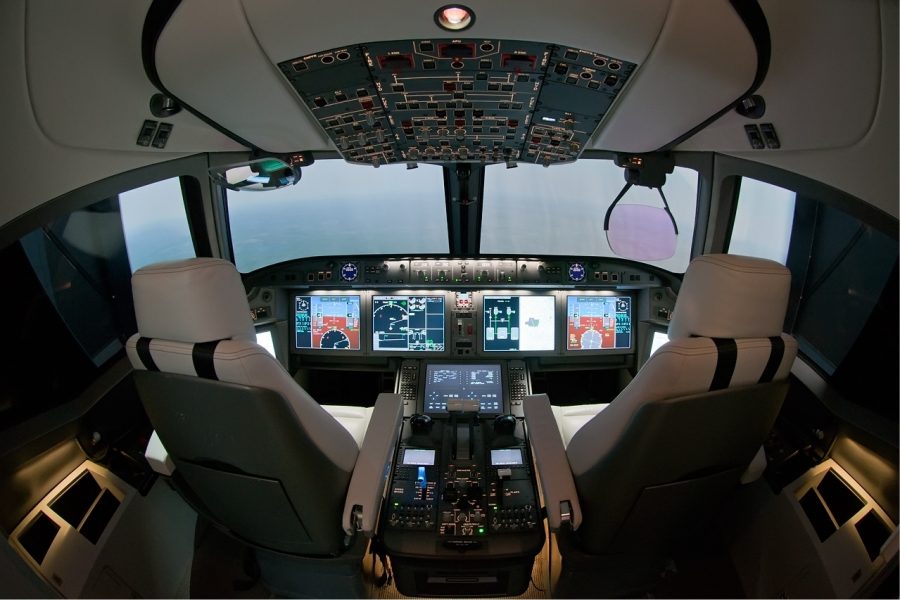

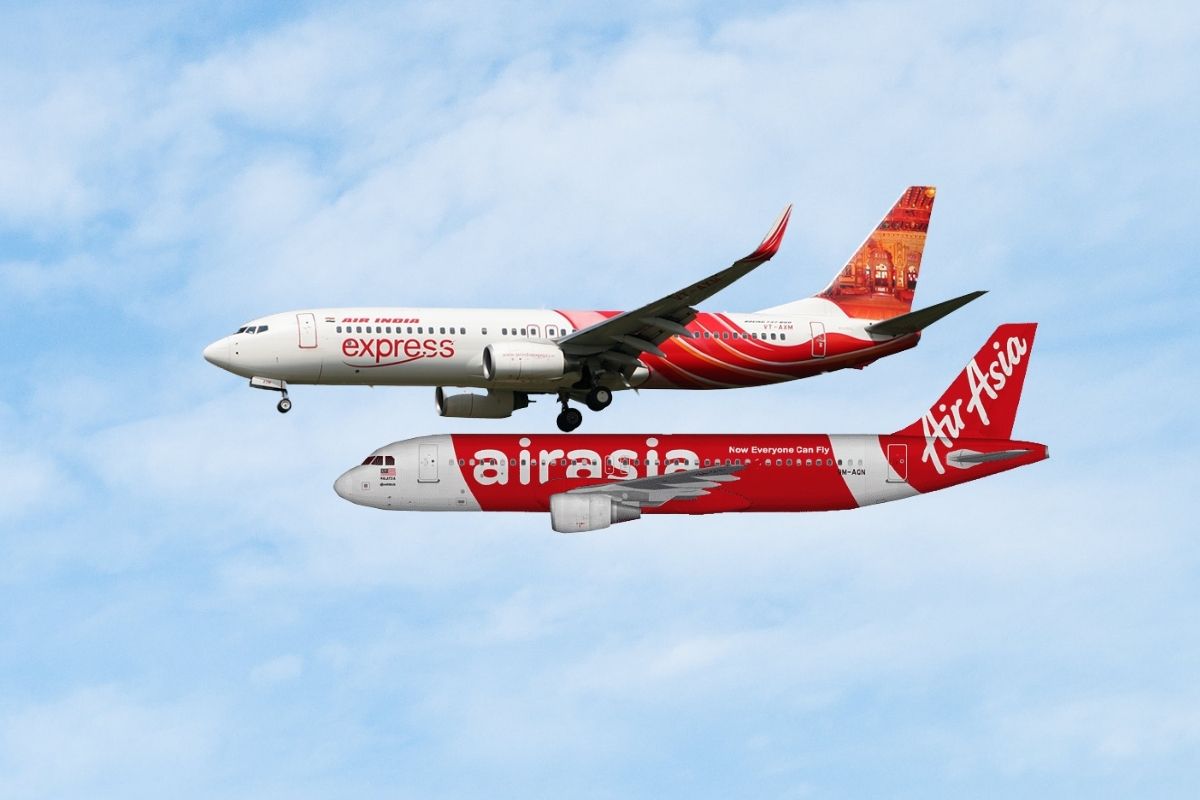
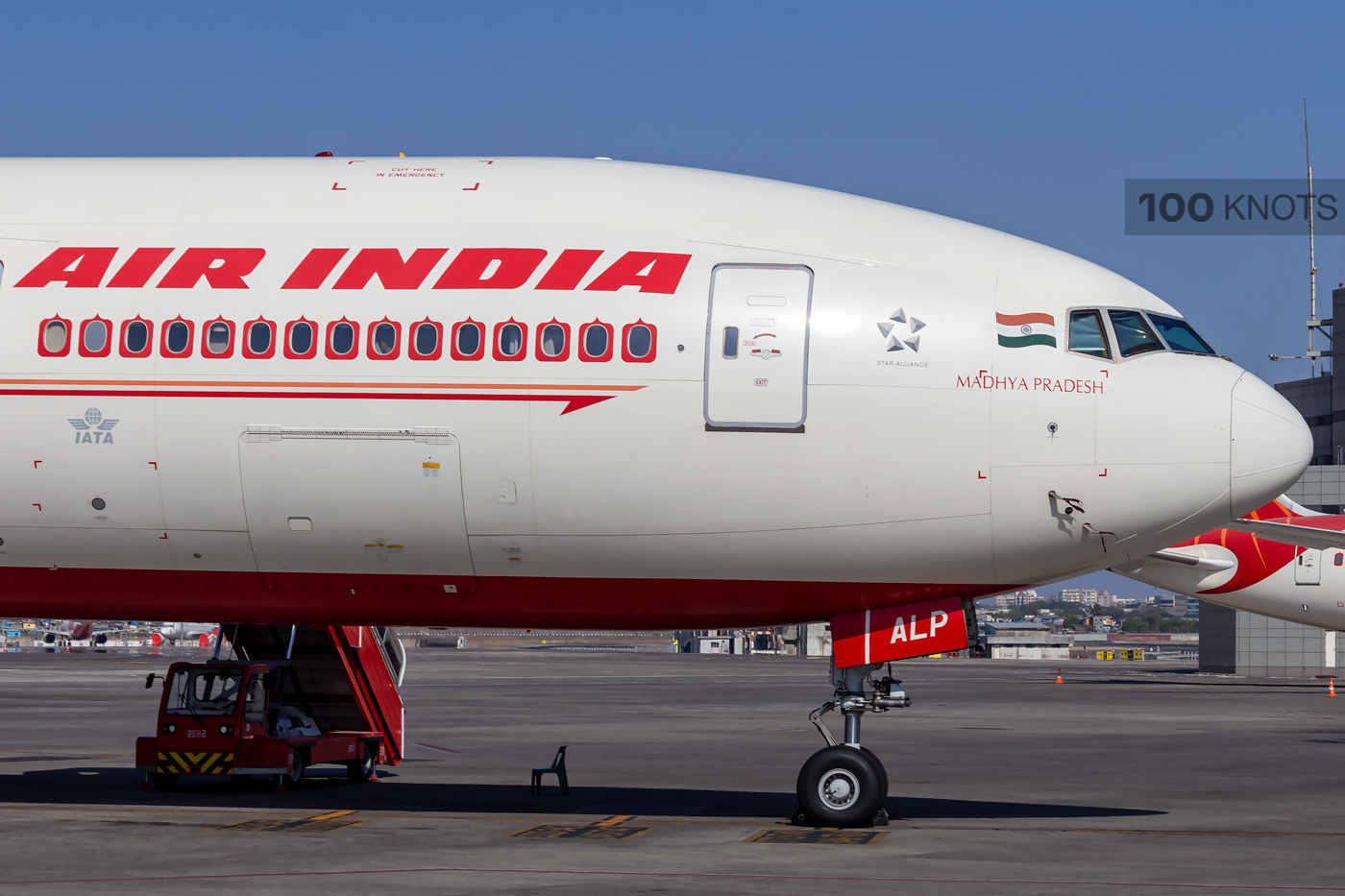
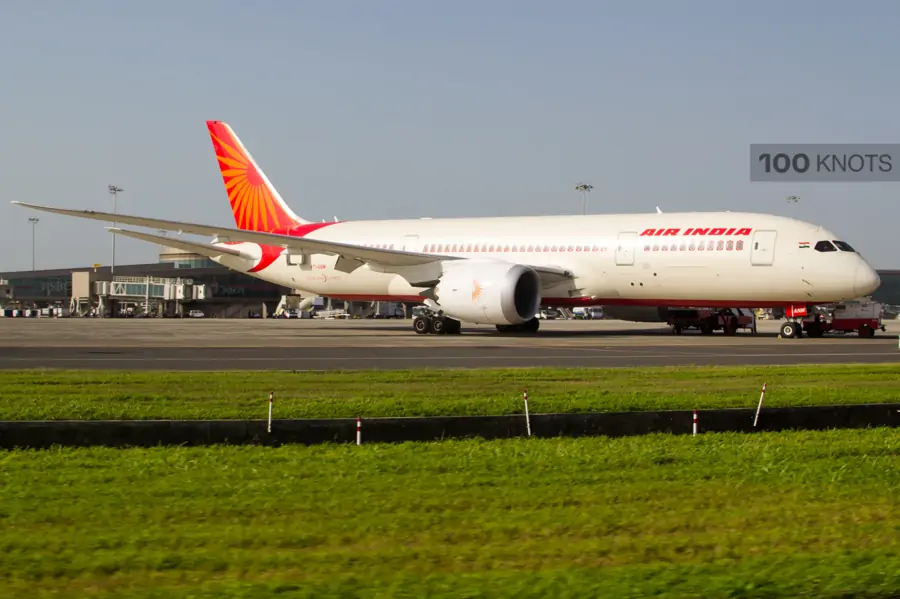
Comment